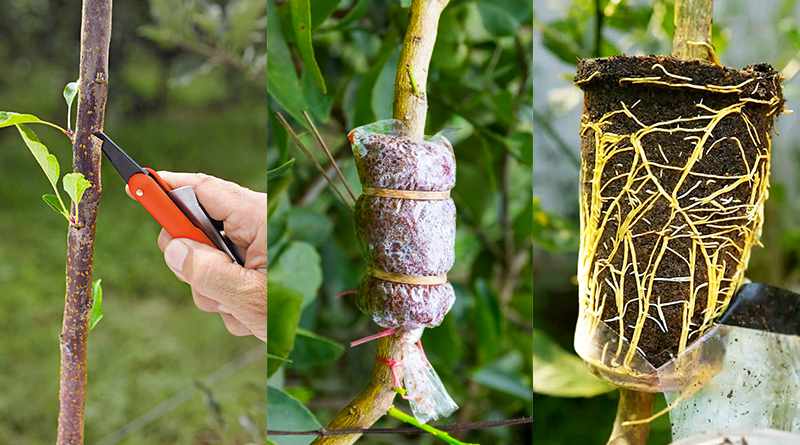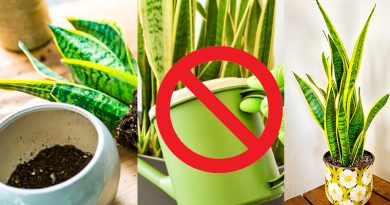Air Layering on Your Trees: Guideline for Gardener
Air layering is a simple and effective technique that allows you to propagate trees quickly and with a high success rate. In this guideline, we will explore the process of air layering, its advantages, and the types of trees that are suitable for this method.
What is Air Layering?
Air layering is a propagation technique that mimics a natural process observed in certain trees. When a low branch or stem touches the ground and takes root, it creates a new individual. Milkwood trees are known to do this. By replicating this process, we can encourage the growth of roots on a selected section of a tree, ultimately producing a new plant.
How to Air Layering on Trees?
You will need moist sphagnum moss, floral ties or plant twine, plastic wrap, and a sharp knife or blade. Choose a healthy, flexible branch with the desired characteristics for propagation. Make a small incision in the middle of the selected branch by peeling away a section of the bark. This will create an area for root development. Moisten the sphagnum moss and wrap it around the wounded area. Secure it tightly with floral ties or plant twine to keep it in place. Cover the moss and wounded area completely with plastic wrap, ensuring it is sealed to retain moisture.
Check the progress regularly by gently lifting the plastic wrap. The roots will start to develop within a few weeks to a month. Once a substantial amount of roots have formed, carefully cut below the rooted section. Pot the new plant using appropriate soil and care for it as you would any other plant. The actual time for any plant to produce roots will vary but will average a couple of weeks to a month. Once you have roots, remove the plant material and pot it up as you would any plant and enjoy.
288 total views, 2 views today





Pingback:Agriculturelearning-The biggest field of agricultural information in Bangladesh